How Much Are Pearl Earrings? A Practical Guide to Prices, Styles, and What to Expect
Pearl earrings come in a stunning variety of styles and prices, ranging from $20 fashion accessories to luxury pieces worth well over $5,000. But what causes this massive difference in cost? It all comes down to several important factors: the type of pearl, size, luster, shape, color, and setting.
Whether you’re looking for a chic pair of everyday studs or an heirloom-worthy set of South Sea drop earrings, understanding these price variables can help you shop smarter.
This guide breaks down the key pricing tiers for pearl earrings, what influences their value, and how to choose the best pair for your budget and style. No jargon, just clear and useful insights to help you make a confident choice.
Pearl Earring Price Ranges Explained
Budget (Under $100)
If you’re shopping on a budget or want a pair of earrings you can wear every day without worry, this price range offers solid options.
-
Most earrings under $100 will feature faux pearls or imitation pearls, which can be made from plastic, glass, or resin. They can still look elegant but won’t carry the same luster or longevity as real pearls.
-
Fashion jewelry brands frequently create trendy pieces using small freshwater pearls, often irregular in shape or lower in luster. These earrings might include fun designs like gold-plated hoops or minimal studs.
-
While the pearl quality may not be premium, the designs can be stylish, making them ideal for casual outfits, layering with other earrings, or experimenting with pearl fashion.
These earrings are great for:
-
Everyday wear
-
Teenagers or first-time buyers
-
Fashion-forward styling without commitment
Mid-Range ($100–$500)
This range opens up more refined options featuring genuine pearls with better aesthetics and durability.
-
High-quality freshwater pearls with improved roundness, smoothness, and luster become more accessible in this category.
-
You’ll also find small Akoya pearl earrings, especially in classic stud designs. Akoya pearls are saltwater cultured and prized for their mirror-like finish and perfect spherical shapes.
-
Baroque designs featuring artistic, non-round pearls are common. These offer a modern and unique twist to the traditional pearl look.
Perfect for:
-
Bridal accessories
-
Thoughtful gifts
-
Workwear or formal looks with a timeless twist
Premium ($500–$1,500)
At this price point, pearl earrings transition from high-quality accessories to fine jewelry.
-
Look for matched Akoya pairs with strong luster, clean surfaces, and precise symmetry. The pearls are usually 7–8mm or larger.
-
Tahitian and South Sea pearls begin appearing in this bracket, especially in smaller sizes or single-drop designs. These pearls are naturally darker (Tahitian) or golden/white (South Sea), adding luxurious depth to any outfit.
-
Settings typically involve solid gold (14k or 18k) or sterling silver with designer finishing.
This range is ideal for:
-
Milestone events
-
Jewelry collectors seeking lasting quality
-
Wedding or engagement-day elegance
Luxury ($1,500 and Up)
If you're looking for iconic pearl earrings that exude elegance and craftsmanship, this tier delivers.
-
Large South Sea pearls (10–14mm+) that are perfectly round, with luminous luster and nearly flawless surfaces, often feature in this category.
-
Tahitian pearl earrings in dramatic statement drops or with diamonds and custom settings add exclusivity and value.
-
Designer jewelry houses and bespoke pieces command premium pricing due to intricate craftsmanship, precious metal settings (platinum or 18k gold), and hand-matching of pearls.
These are statement pieces meant for:
-
Collecting or passing down as heirlooms
-
Black-tie events or luxury styling
-
Gifting for milestone celebrations (e.g. 30th or 50th anniversaries)
Factors That Affect the Price of Pearl Earrings

Type of Pearl
Different types of pearls have different origins, qualities, and rarity levels, which affect their market value.
-
Freshwater Pearls: Cultured in lakes and rivers, mainly in China. Most affordable, with more variation in shape and color.
-
Akoya Pearls: Cultured in Japan, known for their brilliant luster and roundness. More expensive than freshwater pearls.
-
Tahitian Pearls: Grown in French Polynesia. Naturally dark and exotic, with overtones like peacock green and silver. Mid to high-end pricing.
-
South Sea Pearls: Cultured in Australia and Southeast Asia. These are the largest and most valuable pearls, with a creamy white or golden hue and satin-like luster.
Each pearl type brings its own character and price range.
Pearl Size and Matching
Pearl earrings are usually sold in pairs, which means they must be matched for size, shape, luster, and color, a process that adds to the cost.
-
Standard pearl sizes for earrings range from 5mm (delicate) to over 14mm (bold).
-
Larger pearls are exponentially more expensive, especially if they maintain symmetry and quality.
-
Matching pearls for earrings is more challenging than for a necklace, so a perfectly paired set is highly prized and priced accordingly.
Shape and Surface Quality
-
Round pearls are the most valuable and sought-after because they are rare and reflect light beautifully.
-
Baroque pearls (irregular or abstract in shape) offer a more artistic or bohemian aesthetic and are generally less expensive.
-
Surface blemishes or imperfections reduce a pearl’s value. Pearls with smooth, clean surfaces command higher prices.
Luster and Color
Luster is one of the most critical elements in determining a pearl’s beauty and value. It’s how shiny and reflective the pearl appears.
-
High-luster pearls reflect light like a mirror and have a sharp, bright appearance.
-
Low-luster pearls appear dull and chalky.
-
Natural colors (white, cream, silver, black, gold, or peacock) are more valuable than dyed or treated colors.
Pearls can come with subtle overtones, like rose, green, or blue, that add to their uniqueness and value.
Metal Setting and Craftsmanship
The setting plays a major role in both the aesthetics and price of pearl earrings.
-
Gold (14k or 18k) and platinum settings are more expensive than silver or base metals.
-
Designer or handmade settings often involve intricate detail, gemstone accents (like diamonds), or unique designs that increase cost.
-
Mass-produced earrings typically use simpler, more uniform settings.
A handcrafted setting not only adds value but ensures better durability and comfort.
Real vs. Fake Pearl Earrings: What to Know
 With pearl earrings available at every price point, it’s important to understand what you’re buying, and whether those pearls are real, cultured, or imitation. Here’s how to tell the difference and when faux options might be perfectly fine.
With pearl earrings available at every price point, it’s important to understand what you’re buying, and whether those pearls are real, cultured, or imitation. Here’s how to tell the difference and when faux options might be perfectly fine.
1. The Tooth Test
One of the easiest ways to test if a pearl is real is to gently rub it against the edge of your front teeth. Real pearls will feel slightly gritty or sandy due to the layers of natural nacre. Fake pearls usually feel smooth or glassy.
2. Weight
Real pearls tend to be heavier than plastic or synthetic ones. When held in the hand, a pair of real pearl earrings will feel dense and cool, while fakes may feel light and hollow.
3. Surface and Texture
Look at the pearls under a light. Real pearls have subtle irregularities and a rich depth to their surface. Fake pearls are often too perfect, overly shiny, and identical in shape. Some plastic pearls may even show signs of bubbling or peeling near the drill holes.
4. Temperature
Real pearls feel cool to the touch initially and slowly warm up against your skin. Imitation pearls tend to be room temperature from the start and do not hold coolness.
5. Cultured vs. Imitation
Cultured pearls are real pearls grown in oysters or mussels with human assistance. They include freshwater, Akoya, Tahitian, and South Sea varieties. Imitation pearls, on the other hand, are made of coated glass, ceramic, or plastic and lack any natural nacre.
6. When Faux is Fine
Faux pearl earrings can still be a great choice, especially when:
-
You want trendy or seasonal designs
-
You're traveling and don’t want to risk losing real pearls
-
You want large, bold styles at a lower price
Just be sure to shop from reputable fashion jewelry brands so you still get good craftsmanship and comfort.
Choosing Pearl Earrings for Different Occasions
Not all pearl earrings serve the same purpose. Here’s how to choose the right style for different moments in your life.
Everyday Wear
For day-to-day use, comfort and simplicity are key. Small pearl studs are timeless and pair well with jeans, workwear, or casual dresses.
-
Freshwater pearls are an excellent choice here, affordable, durable, and stylish.
-
Consider baroque drops or mixed metal designs to add variety without being too formal.
Look for:
-
Hypoallergenic metal posts (especially if you wear them all day)
-
Classic white or cream pearls for versatility
Work or Professional Settings
In the workplace, the goal is to look polished without being flashy. Pearl earrings strike this balance perfectly.
-
Akoya pearls or symmetrical freshwater studs add a touch of elegance to blazers, button-downs, or shift dresses.
-
Keep the size around 6–8mm for subtle sophistication.
-
Avoid overly ornate settings; minimal drops or solitaire styles are best.
These earrings transition seamlessly from meetings to after-work events.
Weddings or Formal Events
For special occasions, pearls shine best when they’re coordinated and thoughtfully styled.
-
Go for matched pairs with high luster in a drop, halo, or chandelier setting.
-
Choose a size that complements your face shape and hairstyle.
-
For brides, earrings should coordinate with the neckline of your dress and any accompanying necklace or headpiece.
Tip: Rose or champagne-toned pearls can add a romantic touch that complements warm-toned gowns.
Luxury Statement Pieces
When you're aiming for drama and distinction, large pearls and fine settings make a lasting impression.
-
South Sea or Tahitian pearls (10mm+) are ideal for this category.
-
Choose settings with diamond halos, gold filigree, or asymmetrical drops.
-
Look for handcrafted or limited-edition pieces from jewelers who specialize in pearl design.
Perfect for:
-
Black-tie events
-
Anniversary or milestone gifts
-
Collectors and connoisseurs
Where to Buy Pearl Earrings
 Your experience with pearl earrings can vary greatly depending on where you shop. Here are your best bets, and what to look out for at each.
Your experience with pearl earrings can vary greatly depending on where you shop. Here are your best bets, and what to look out for at each.
Reputable Online Retailers
Online platforms offer a wide selection and competitive pricing. Trusted names include:
-
Blue Nile
-
The Pearl Source
-
Pure Pearls
When buying online, make sure the site offers:
-
Clear return policies
-
High-resolution images
-
Customer reviews
-
Certificates of authenticity for fine jewelry
Independent Jewelers
Buying from a local jeweler gives you the advantage of seeing and trying on the earrings in person. You can ask detailed questions about origin, care, and custom options.
Pro tip: Ask if the pearls are matched by hand, and whether they are natural-color or dyed.
Vintage or Estate Jewelry Shops
These shops are treasure troves for unique or antique pearl earrings. You may find:
-
One-of-a-kind art deco pieces
-
Pearls in uncommon shades or hand-engraved settings
Just be cautious:
-
Always ask for a jeweler’s appraisal
-
Be wary of signs of wear or peeling nacre
-
Confirm whether repairs or re-stringing have been done
What to Check Before You Buy
No matter where you shop:
-
Verify the type of pearl (freshwater, Akoya, etc.)
-
Ask for metal details (gold-filled vs. solid gold)
-
Review the return and warranty policy
-
Check if the seller offers cleaning or repair services
Final Thoughts
Pearl earrings can be surprisingly affordable or luxuriously indulgent, depending on what you’re looking for. From under-$100 fashion pairs to $5,000+ investment pieces, there's a beautiful set for every occasion and budget.
To recap:
-
Price depends on: pearl type, size, shape, luster, surface, setting, and craftsmanship
-
Choose based on use: casual wear, work, special occasions, or luxury collections
-
Shop smart: Always check seller credentials, compare prices, and know what you’re paying for
The best part? Pearls are timeless. A single good pair of pearl earrings can last decades, making them one of the smartest and most versatile accessories in any jewelry box.
Whether you’re keeping it minimal with freshwater studs or making a statement with South Sea drops, pearl earrings never go out of style.







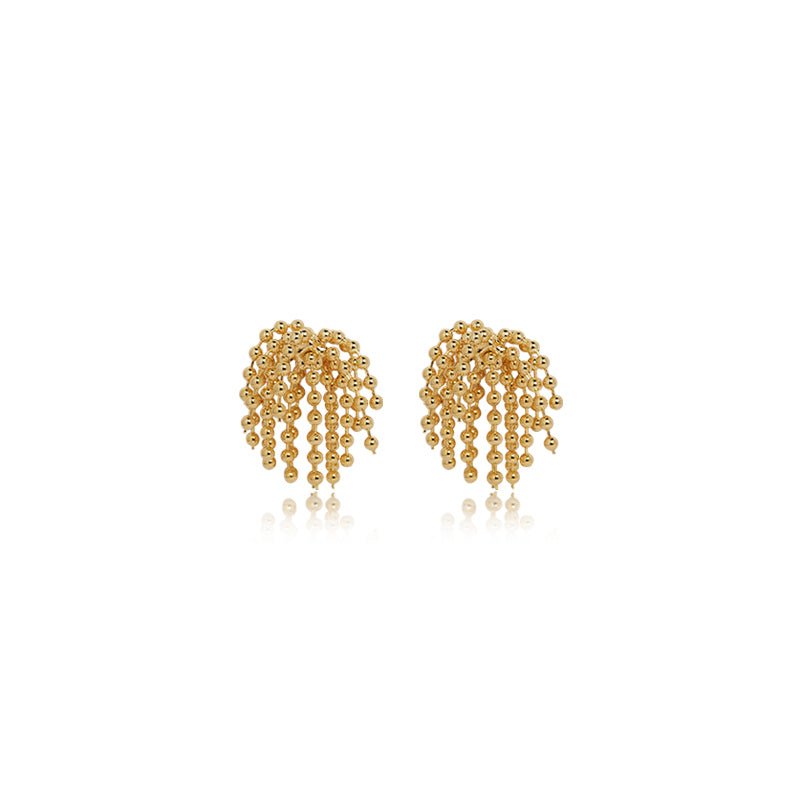
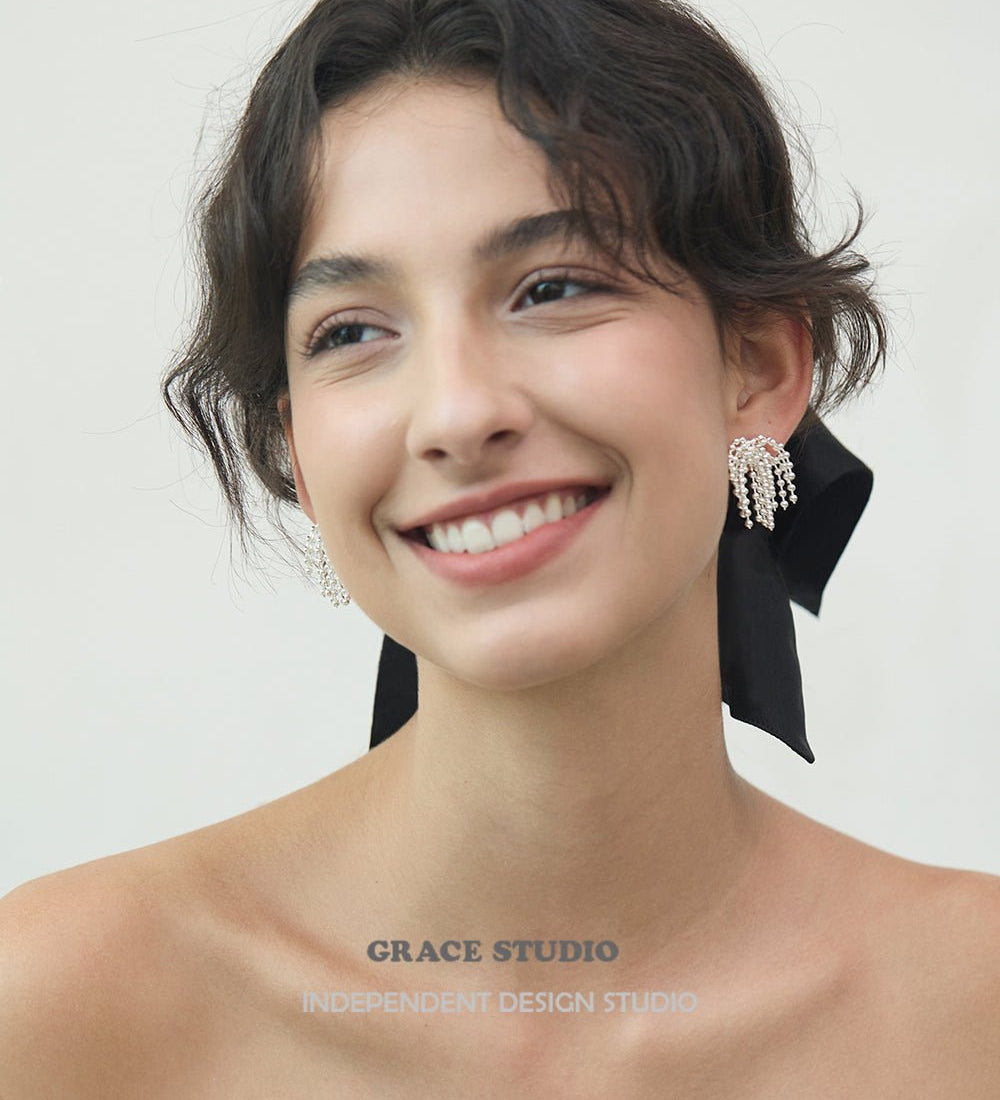
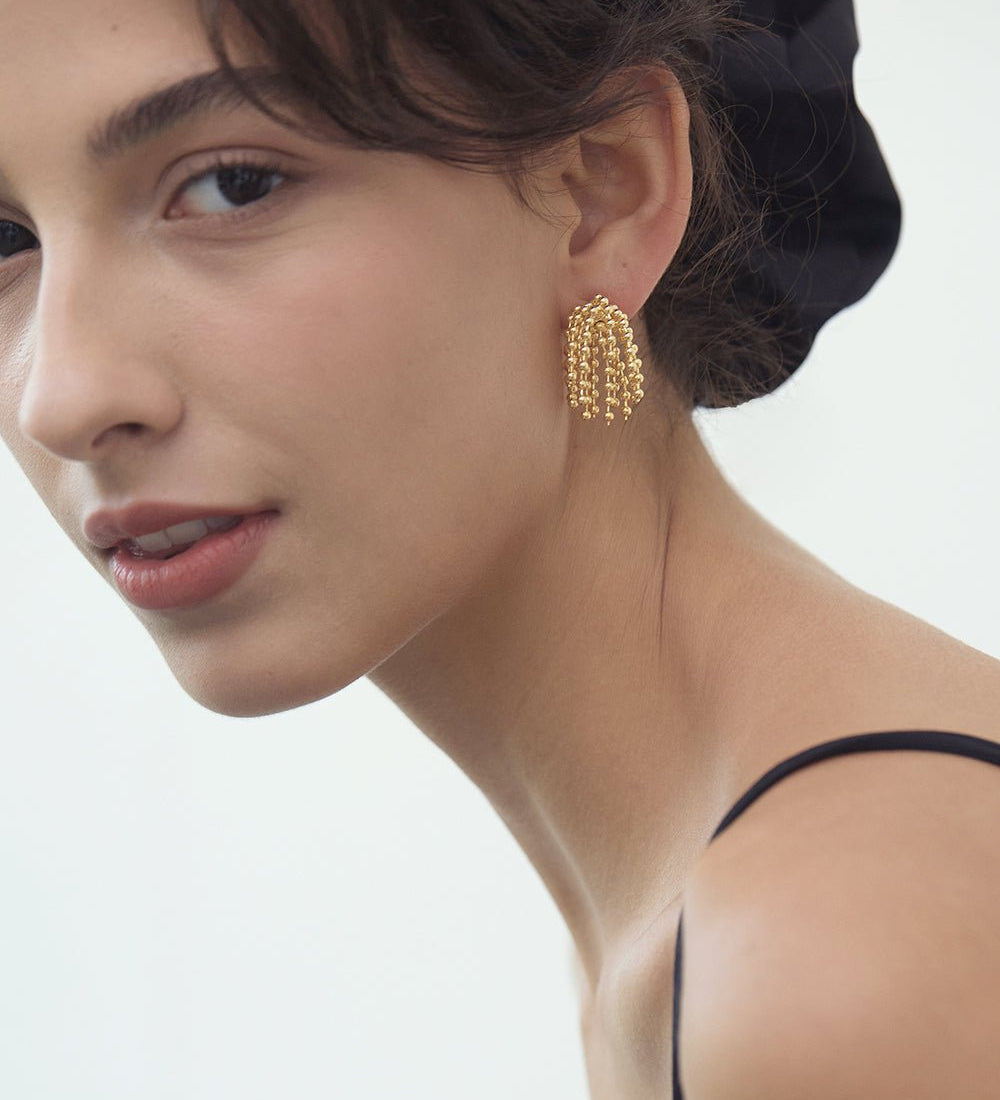
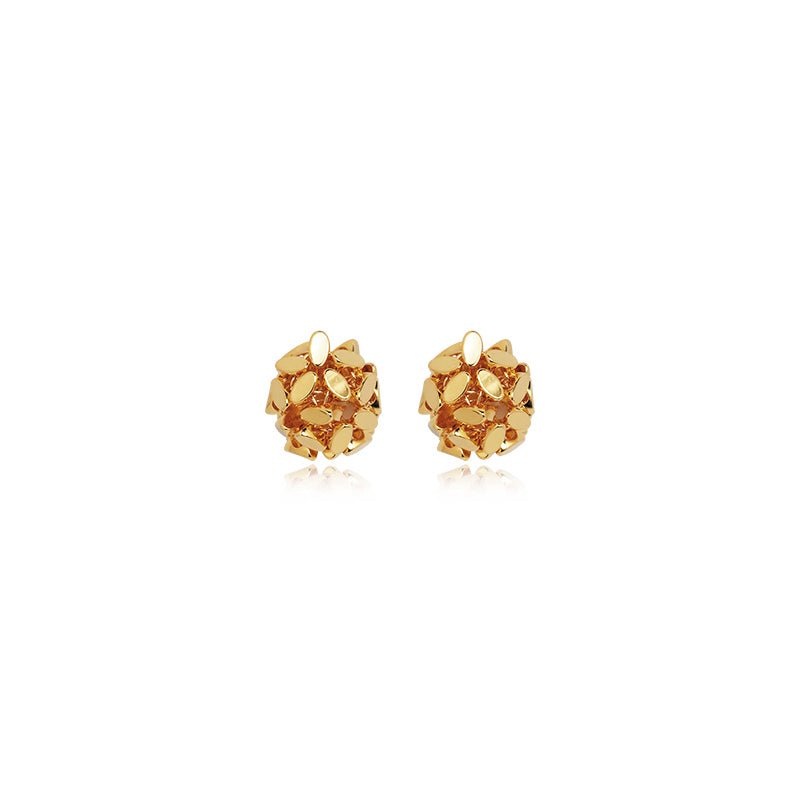
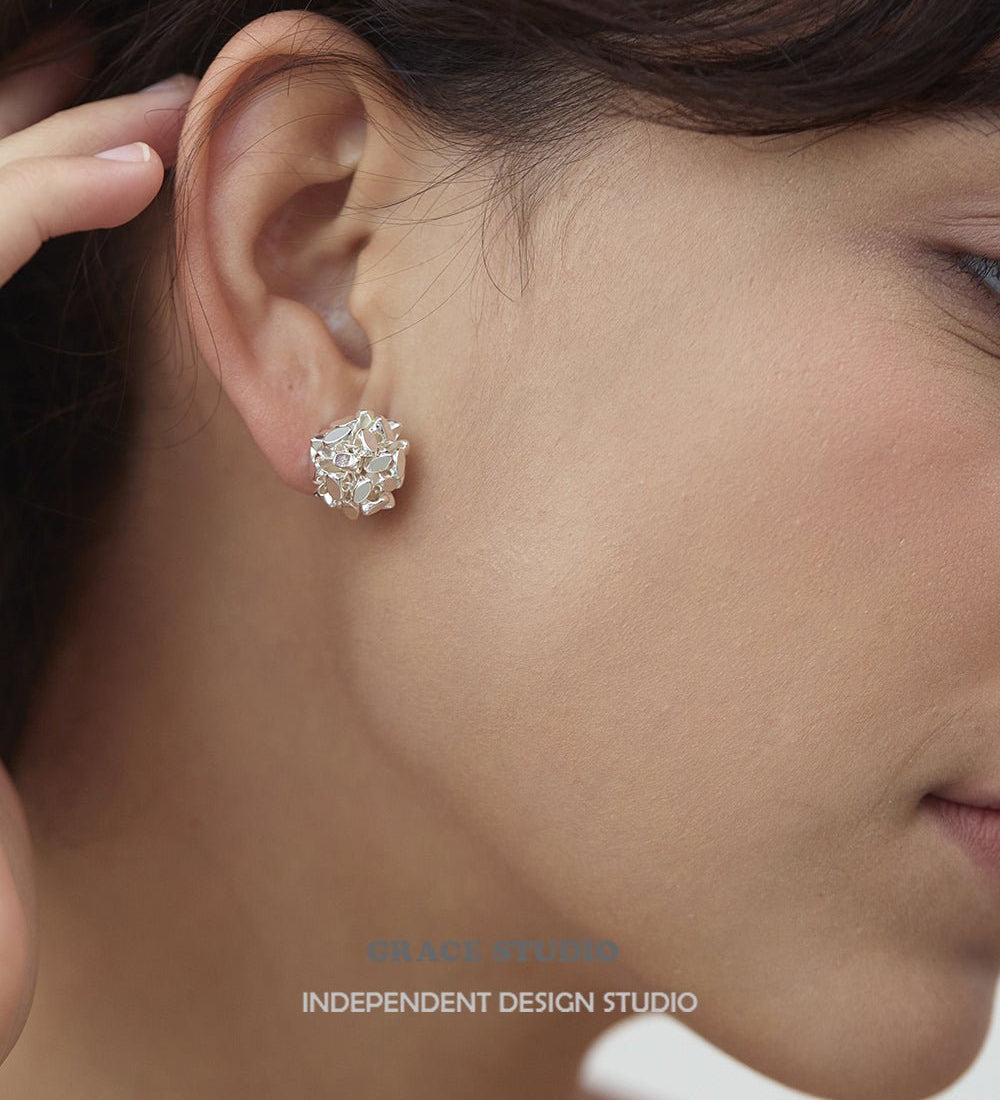
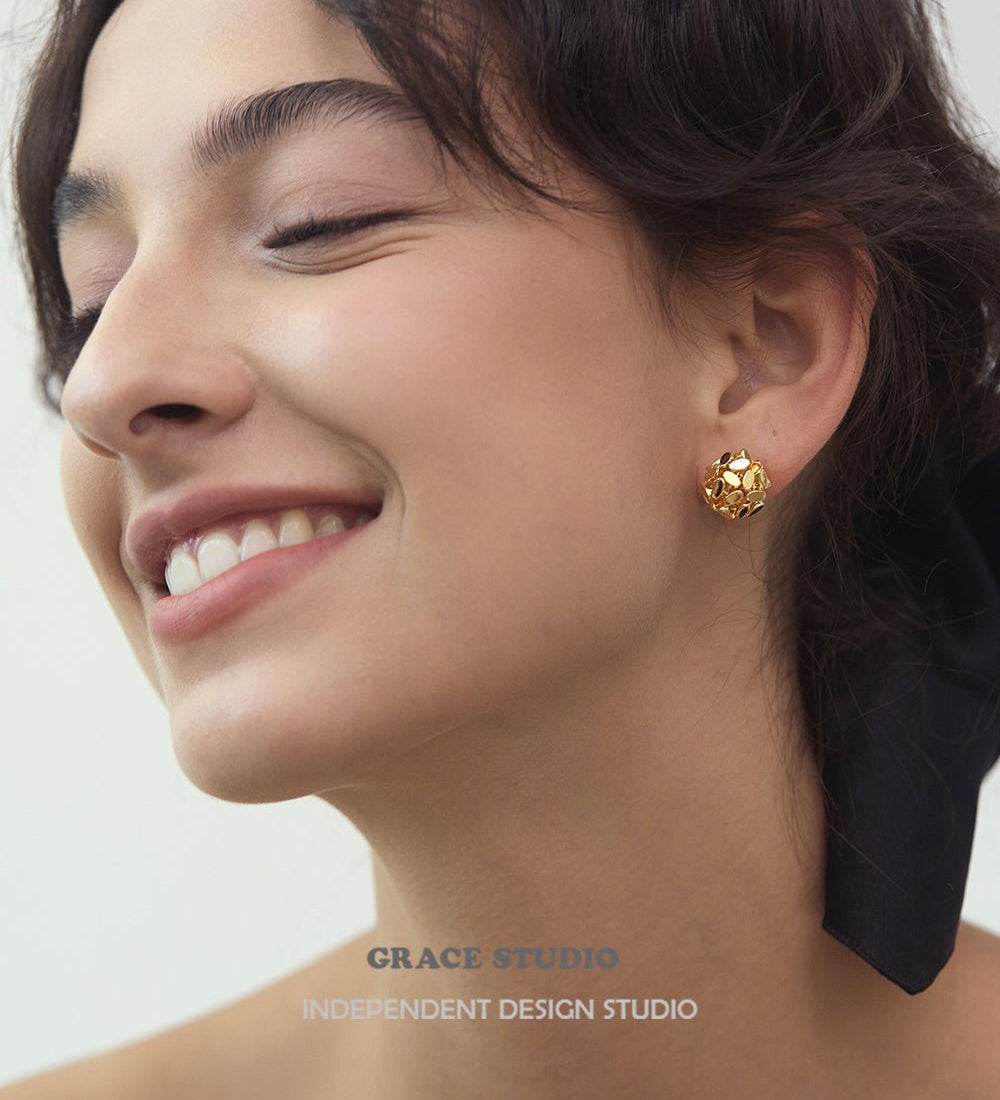
















Leave a comment